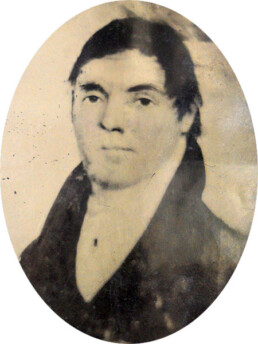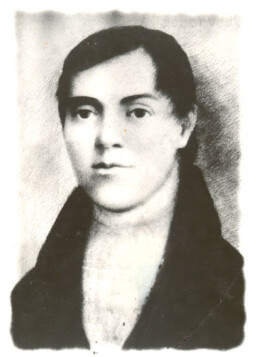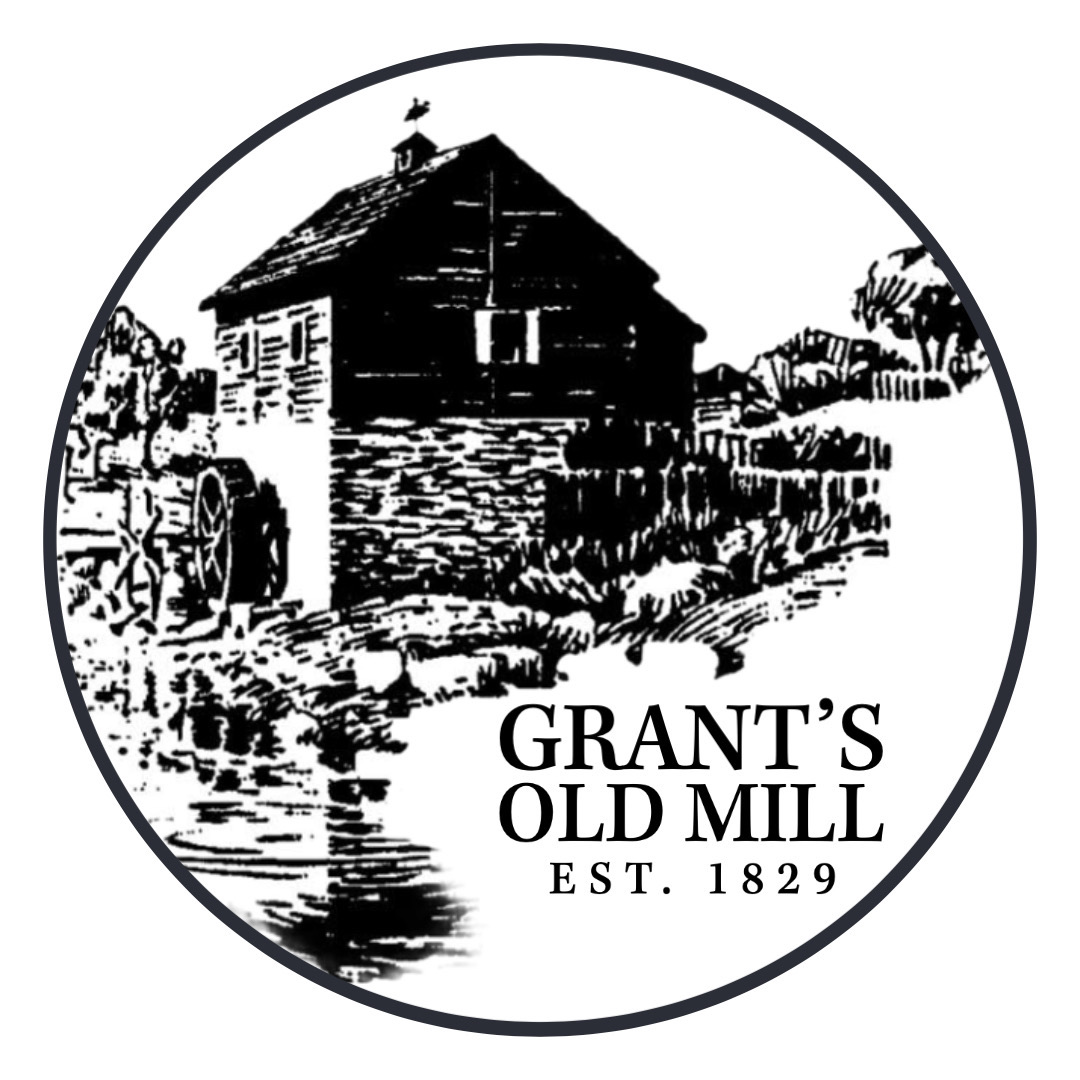Cuthbert Grant
We share the heritage and story of Cuthbert Grant the first leader of the Métis.
Early Life
Cuthbert Grant was born circa 1793 at Fort de la Rivière Tremblante, Saskatchewan, a North West
Company (NWC) trading post located on the Assiniboine River near the Saskatchewan – Manitoba border.
His father was Scottish and his mother was of Cree-French descent (Métis). After his father’s death in 1799, Cuthbert was baptized on October 12, 1801, at age 8 in Montreal. His father’s will also stated that he wished his sons (Cuthbert and James) to be educated in Scotland. Cuthbert spent approximately the next ten years of his life in Scotland.
He returned to Montreal in 1812 at the age of 19 and returned to fur trade country; he was appointed to the NWC post at Fort Esperance on the Qu’Appelle River. He began working for the NWC at the time of much conflict between NWC and their revivals the Hudson Bay Company (HBC). At the time, a new colony of settlers (Selkirk Settlers) began to settle at the forks of the Assiniboine and Red Rivers. Grant then earned the respect of the Métis and they looked to him for leadership.
Battle of Seven Oaks/ Victory at Frog Plain
Major events in the Red River Settlement such as the destruction of the NWC’s Fort Gibraltar made the Métis feel that their way of life was under threat. Grant was appointed: “Captain General of all the Métis”, and thus considered the first leader of the Métis Nation.
Grant lead his people in the Battle of Seven Oaks / Victory at Frog Plain on June 19th, 1816. The battle left HBC Governor Robert Semple and 21 settlers dead, and Joseph Letendre dit Batoche the lone Métis casualty.
Grant was later put on trial for his role in the battle, but the charges were eventually dropped.

The HBC Merger
In 1824, after the merger of the NWC and the HBC, Grant was given land along the Assiniboine River to establish a Métis community which he named Grantown. It was later renamed St. Francois Xavier and still exists today 15 km west outside of Winnipeg.
In 1828, the HBC appointed Grant as “Warden of the Plains” with his main duties to police illicit fur trade. This position also included organizing buffalo hunts and protecting the settlement.
Grant's Mill
In 1829, Grant built a water mill on Sturgeon Creek to grind grain into flour. This was the first water-powered mill West of the Great Lakes. Due to flooding, it was continuously washed out and proved to be an unsuccessful venture for Grant. He eventually abandoned the watermill and construct a successful windmill in Grantown.
Our mill was constructed in 1974-1975 to be a replica of the one Grant constructed. The exact location of the original mill is unknown, but based on historical maps the current mill is in an approximate location.
Later Life
Grant was made a member of the Council of Assiniboia, a Justice of the Peace, and a Magistrate. For many years, he led the buffalo hunt involving up to 1,000 Red River Carts.
On July 15th, 1854, Grant died from his injuries after falling from his horse. On July 16th, he was buried
inside the church of St François Xavier which he had built at Grantown.
Influence
Cuthbert Grant was the first educated Métis to wield a profound influence over the fate of his people. He was largely responsible for implanting in their minds the concept of a Métis Nation, which influenced a new generation of Métis leaders and activists like Louis Riel and Gabriel Dumont.

Grants Old Mill is located on Treaty 1 territory, the traditional lands of the Anishinaabe, Cree, Oji-Cree, Dene, and Dakota Peoples, and the homeland of the Métis Nation.
